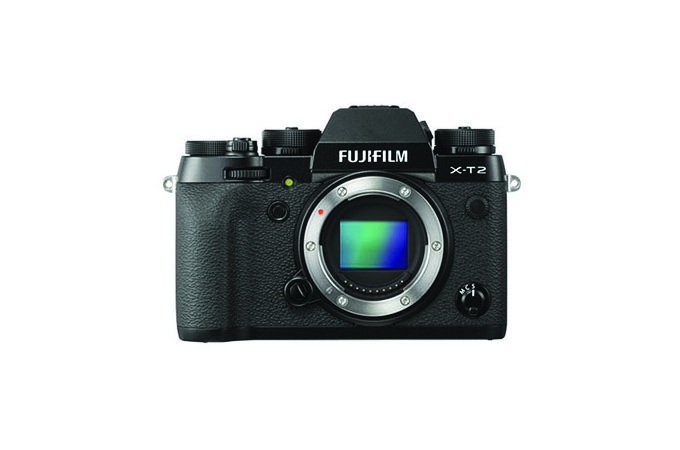
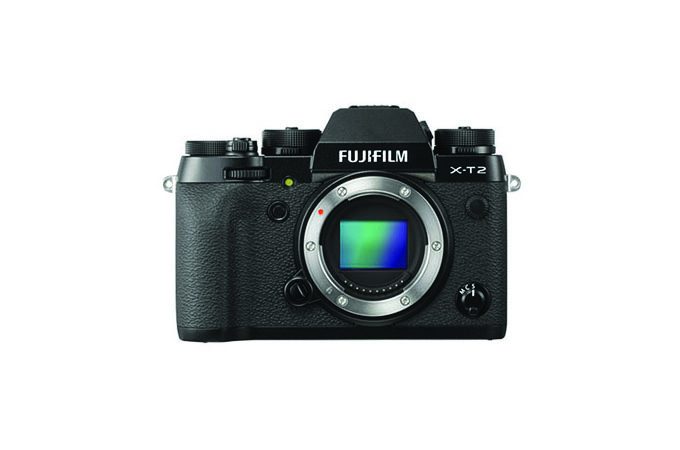
The new Fuji X-T2 Announced! Details here…
Fuji announced the new X-T2, and as some of you may know, the X-T1 was the last Fuji I truly enjoyed, so I am happy to see this new update. While I have not always been a HUGE Fuji fan or guy, I do appreciate the X100 series and the X-T series.
First of all, you can order the X-T2 here at B&H Photo, but take a look below at photos and specs and my thoughts on what could be the next great Fuji camera.
DETAILS ON THE NEW X-T2
I highlighted the key features in BOLD
“Offering a more conventional form factor and packing in UHD 4K video recording, Fujifilm’s X-T2 Mirrorless Digital Camera certainly aims to fill the needs of many working professionals. Equipped with a 24.3MP APS-C X-Trans CMOS III image sensor and the X-Processor Pro Engine, users will be able to capture finely detailed imagery quickly and with low noise at sensitivities up to ISO 51200. The powerful combination permits rapid image capture at up to 8 fps with full AF tracking or at up to 14 fps using the silent electronic shutter. In terms of AF, the X-T2 uses an Intelligent Hybrid system with 325 points that ensure accurate, fast tracking of subjects in all modes.
For video, the X-T2 offers internal UHD 4K video as well as an 8-bit 4:2:2 HDMI output. The internal recording offers 100 Mbps bitrate for capturing fine details with ease. Along with this an F-Log Gamma setting will be available for capturing a flat picture best used in serious grading applications. Fuji’s array of Film Simulations and Grain Effects can also be used here, for both photo and video shoots.
Improved handling is a key upgrade in the X-T2, incorporating a larger grip, locking dials, raised buttons, and more to make operation smoother. The weather-sealed body also sports a 0.5″ 0.77x 2.36m-dot OLED EVF with a larger eyecup for comfortable composition and a base refresh rate of 60 fps, which can be boosted to 100 fps. There is also a 3.0″ 1.04m-dot three-way tilting LCD screen for alternative viewing options. This screen has a unique tilt that permits shooting at odd angles, including in the portrait orientation. Additionally, it has a focus lever joystick that allows for rapidly adjusting and changing the selected AF point or area.”
THE NEW 24.3 APS-C XTRANS CMOS III
I love the fact that Fuji is still progressing (along with Sony and Olympus) fast and far with new cameras, sensors, features and even video as we see here in the new X-T2. This new sensor promises improved ISO performance with a very nice native 12,800 max, with the ability to push to 51,200. Also, the sensor has NO AA filter, which his good. (I’m not a fan of AA filters).
X-Processor Pro
This new processor allows the camera to start up in under 0.3 seconds, it is all about speed my friends. With this processor, you also get a shutter lag of 0.05 seconds, and AF speeds at up to 0.8 seconds. There is also a top focal plane shutter speed of 1/8000 sec and a flash sync speed of 1/250 sec for those who were wanting to know 😉
UHD 4K Video Recording and F-Log Gamma
Fuji FINALLY gets the video juiced up on this X-T2. The first Fuji to offer 4K video. 100 MBPS with only a minor crop of the sensor (1.17X). Along with the vastly enhanced recording capabilities, the X-T2 offers an F-Log Gamma setting that provides a flat picture for use in advanced color grading software during editing. This should maximize the potential dynamic range in difficult scenes. Image adjustments can be made as well to highlight tone, shadow tone, color, and sharpness. Additionally, HDMI output is supported with an 8-bit 4:2:2 signal and users will be able to use Film Simulation effects to capture unique video.
NEW OLED EVF and TILT SCREEN
I don’t know about you, but I love a good EVF and a tit screen LCD on the back. To me, having both of these items in a camera makes it not only more fun to use, but more serious. A good EVF can lead to GREAT photographic vision, and using a tilt LCD can help get you those angles you normally may not get. The X-T2 gives us not only a good EVF but a great tilt LCD. Good stuff.
More on the EVF: The 0.5″ EVF offers a high 0.77x magnification along with a 2.36m-dot resolution that ensures crisp imagery. Along with these features, the EVF uses an OLED display that provides deep blacks and rich, vivid colors. To ensure a clear view, the EVF offers a base refresh rate of 60 fps which can then be boosted to 100 fps for moments of intense action.
Intelligent Hybrid 325-Point Autofocus System
FROM FUJI: “Blending both phase- and contrast-detection focusing methods, the X-T2 is capable of acquiring focus both quickly and accurately. The entire system is comprised of 325 points, of which there are numerous phase-detection points for faster performance that is beneficial to photographing moving subjects. Approximately 50% of the width and 75% of the height of the imaging area is covered by phase-detection points, too, to offer greater compositional freedom without sacrificing fast autofocus performance. The majority of the frame is then also covered by an apt contrast-detection focusing system that has been quickened by the camera’s refined processing power for more versatile control. For refined manual focusing control, Focus Peaking is available to highlight lines of contrast in the scene to more objectively determine sharp focus.
Continuous AF modes have been seriously upgraded, as the X-T2 now offers customization of a variety of settings in order to dial in the performance for your specific subject matter. This includes changing the sensitivity, speed, and more to ensure that just what you want to capture is in focus.”
More awesomeness of the new X-T2
AWESOME!!! Supporting its use in harsh climates, the durable weather-resistant body design is constructed from magnesium alloy and sealed to protect against dust, moisture, and cold temperatures down to 14°F.
SWEET!!! Dual SD card slots allow for a more flexible and reliable means of storing imagery, and both card slots are compatible with UHS-II standards for fast transfer speeds.
COOLNESS: The top plate incorporates a series of locking dials and levers for fast, intuitive adjustment over exposure settings, including a shutter speed dial that offers a mechanical shutter speed range from 1 to 1/8000 sec, as well as bulb and time settings. An ISO dial is also incorporated into the shutter speed dial, for confirming the sensitivity setting without having to turn the camera on. The exposure compensation dial lets you choose +/- 3 EV in 1/3 steps, and a command dial position expands the range to +/- 5 EV for further control.
NICE TOUCHES: A dedicated Focus Lever provides faster, more intuitive control over selecting specific focus points while shooting. A larger grip and larger eyecup are available for a more comfortable feeling. Four-way buttons on the back of the camera have been raised for a more tactile feel.
ELECTRONIC: An electronic shutter function permits using shutter speeds up to 1/32,000 sec for working with wide aperture settings in bright lighting conditions.
Built-in Wi-Fi enables wireless transferring of imagery to linked mobile devices as well as remote control over camera settings and the shutter via the free Fujifilm Camera Remote app. Additionally, this connectivity enables the use of the optional instax SHARE Smartphone Printer for wireless instant printing via the instax Share app.
An interval timer permits recording time-lapse sequences and can be configured to record up to 999 frames in time spans ranging from one second to 24 hours.
Multiple exposure mode gives you the ability to overlay imagery in-camera. When working in this mode, subsequent exposures can be paired and the final appearance can be previewed on the LCD or in the EVF before making the final exposure.
Additional Advanced Filters can also be used to creatively enhance the look of imagery in-camera, and include Toy Camera, Miniature, Pop Color, High Key, Low Key, Dynamic Tone, Soft Focus, and Partial Color (Red/Orange/Yellow/Green/Blue/Purple).
So what Fuji has done here is create what I feel will be the ultimate Fuji. Just as I loved the X-T1 (see my review HERE), the X-T2 will also be reviewed by me here.
WHERE TO PRE-ORDER
THE PRICE OF THE X-T2 BODY ONLY IS $1599. You can also order with a kit lens, the 18-55 FOR $1899
The Fuji X-T2 can be pre-ordered at B&H Photo HERE. You can also check out my other preferred Fuji dealer PopFlash.com.

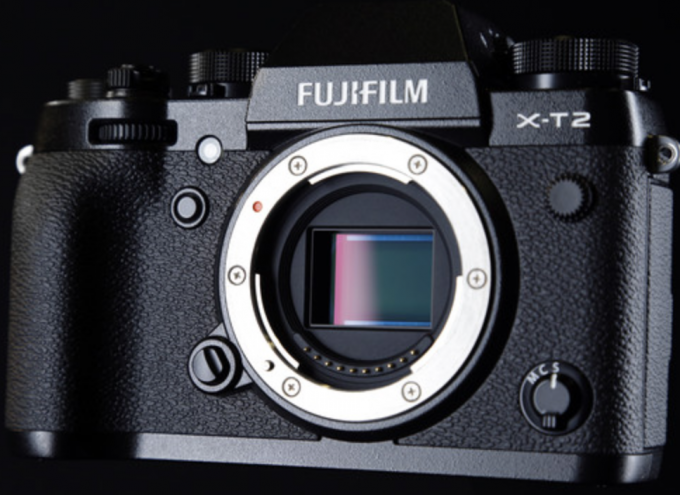
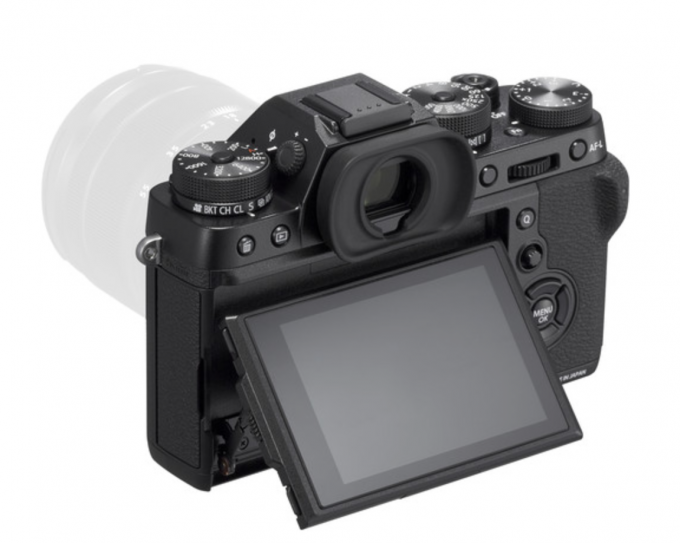

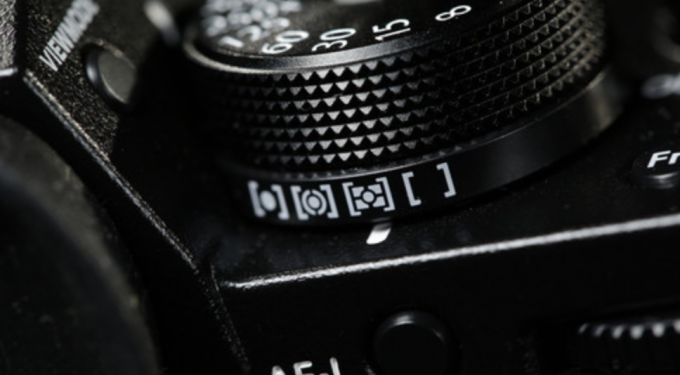
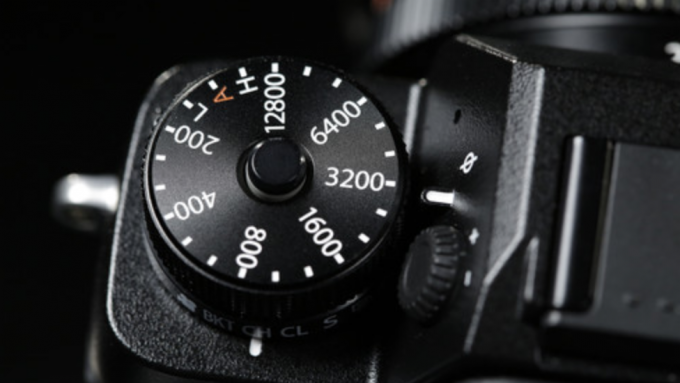
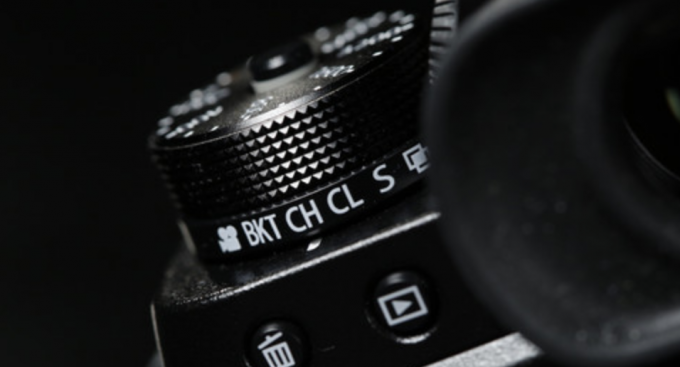
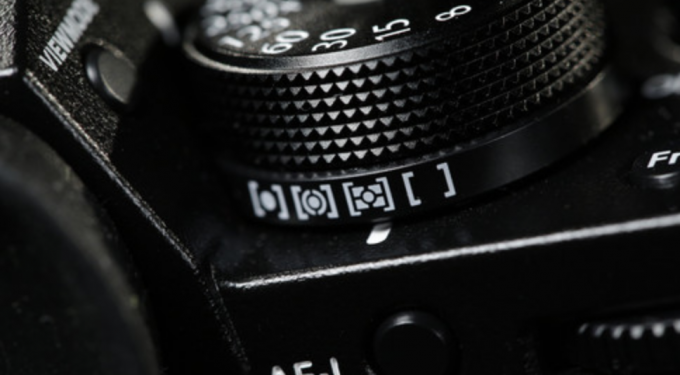
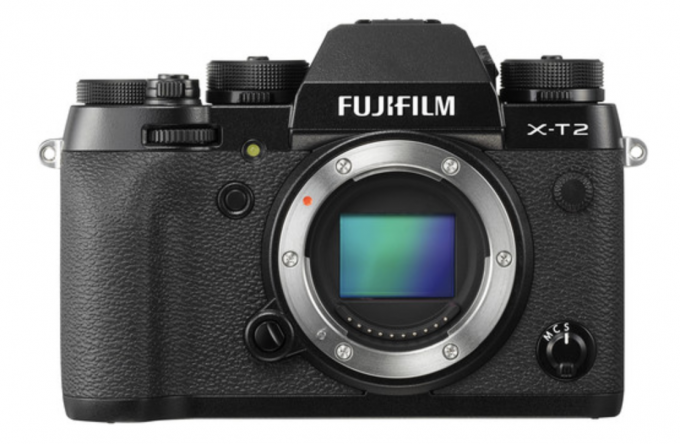
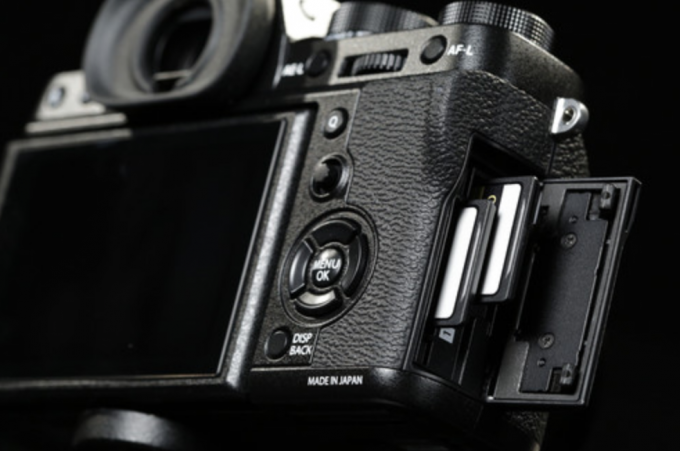

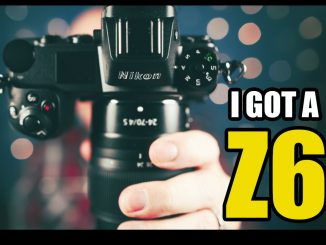

Steve, help!! I know you said you’ll review the X-T2, but I live in Brazil and I will be in USA end of this month (October). We don’t have Fuji or Oly here for reasonable prices, so I intend to buy a new camera (new system) at the time of my trip. Questions: 1) Can we expect your review from X-T2 until late October days? 2) If not, between E-M1 (mark I) and X-T2 (3 years difference and Oly Mark II on the way), which we should consider more to start a new camera set? I now your preference between Oly and X-T1, but is it the same 3 years later? Thanks to help me think about this question… And nice job here!! We love it.
Would like some advice from both Fuji and Olympus/Panasonic users.
I like both systems and do not want to make this a Fuji vs MFT discussion, rather a help for me and others who need to make the choice in the future.
I have “rented” (actually for free from my dealer) an X-Pro2 with 18-135mm and 56mm for the weekend to compare using a Fuji with my MFT rig.
I currently have an E-M1 and Pen-F with all the right lenses, a full lineup. I am thinking of switching to an X-T2 and X-Pro2 with … all the right lenses.
Now let’s first get the financial discussion out of the way: I can get great prices for the Fuji kit, a full take-over of my MFT system at higher prices than I can sell them second hand + a 1000€ Fuji cashback. Yes, I’ll still have to pay some additional funds but the deal is great so if I want to make the switch now is the time. I also have to decide by Monday or Tuesday since I only have the Fuji for the weekend and both me and my dealer will be on holiday by end of the week so I would need the Fuji kit by the end of the week.
I like the IQ from both cameras and can appreciate the colors of both so I prefer not to go into that much deeper.
What I would like some advice with is my reasons for picking one system over the other, they all have to do with the way one handles and controls both systems.
I like to shoot in A/S/M modes, auto ISO mainly and while I use various autofocus modes I use single point AF (selectable point) and MF quite a bit as well.
Shooting in low light conditions is important as well.
I just as happily use primes as zooms which is why I have the two different bodies.
Olympus advantages for me: smaller lenses, IBIS.
Olympus disadvantages for me: 4/3 ratio images instead of 3/2 (if you want to use the full sensor), lots of controlling the camera via the quick menus instead of simply having direct buttons assigned. Yes, you can setup various control modes via settings but it makes you change button setup for different shooting until you don’t know which button is for what anymore. Not that it’s that bad as I write it now, just trying to point out the main things bothering me a bit.
Fuji disadvantages: much bigger glass, no IBIS which isn’t the big problem since there is lens OIS but some lenses that could benefit from it IMO don’t have it. (90mm, 56mm, 16-55mm)
Fuji advantages: fantastic control layout. Aperture ring, SS dial, quick MF switch with handy assist and switching between focus mode, and the awesome AF point joystick control. I spent just a little time in the settings mode and all I need is right there at my fingertips without having to go into the quick menu much. 3/2 ratio output by using the full sensor.
So both Fuji and MFT users, your input on handling both these systems would be very much appreciated.
Thank you for taking the time to read my rant and any help you can give me in making my choice.
Nevermind, I’m keeping my Oly PanaLeica kit.
After the renting the X-Pro2 I’m adding an X-T2 with 16-55/2.8.
I’m thinking of adding a few more primes later.
Looks like a beaut. I can see how I would really enjoy that joystick. But I do think that the price point is a tad high. For $200 more you can get Pentax FF. I get that it is usually not a fine idea to compare dslrs to mirrorless, but what I am getting at is that in terms of size XT-2 isn’t hugely ahead of K-1.
Or a K-70 based on the same sensor, both weather sealed etc for what? $600?
I looked around some samples and all including 4k video. The X-T2 capabilities are absolutely stunning. Fuji went from worst video in the digital camera world to what appears one of the best – along with their top of the class Film simulations you can capture something that looks like some nice film (or as close as I have seen out of the box without post).
Even the PenF which I just recently got and now love doesn’t match this. Of course, I had to go for size. If Fuji made a smaller than X-E2s X-E3 with the X-T2 capabilities at least for stills photography, I would consider going back to Fuji.
But as it is, I am pretty happy with the PenF. I still respect the hard work Fuji put here and the fact they will support their customers like no other brand I have seen.
I downgraded or upgraded from Sony a7R to Fujifilm X-T1 and X-Pro1 a couple months ago and could not be happier. Cheaper and better lenses, way more realiable cameras with actual weather sealing (in case of X-T1) and lightning cast focusing on X-T1 and workflow reminding of my Leica M240 and M9 on the X-Pro1. Photos are awesome, white balance is always spot on and I don’t have to spend hours fixing the images in Lightroom. I bought everything 2nd hand at 1/4th of their original price and will do the same with X-Pro2 or X-T2 later. The only thing that Fujifilm is not that good for is using vintage lenses, but that’s where the Leica M240 and Sony a7R step in. The Fujifilm 16-55 F2.8 is in my opinion way better than the Sony/Zeiss 24-70 F4. Half the price and image quality like from a bag of prime lenses. I skipped buying a7R II when Sony announced that they won’t upgrade uncompressed raw to “old” a7R while Fujifilm and Leica upgrade still upgrade their >4 year old cameras. Also the price increase from a7R to a7R II was so huge I could not justify it, but wait for Sony to release a new model every year like they always do and buy the “obsolete”, unsupported and discounted a7R II then.
One thing I don’t understand is why Fujifilm does not offer proper support for winter time? -10 C is not winter, that’s autumn or spring. -30 C to -40 C (-40 F) is winter!
They were probably drawing the line at the 99.something % of photographers who live in conditions warm enough to support life. Minus 10 degrees C is plenty cold enough to be using a camera!
Well, -10 C is above most of the year, so… Anyway, I get the point that they can’t promise everything and I guess I’ll see next winter how well it really works when the temperature drops to -40. My “weather sealed” Sony a7R has been replaced three times already, having only original case and sensor left. But they sold it as weather sealed and it has 5 year warranty, so I will continue using it like a normal weather sealed camera.
Because no camera does?
Nikon D5 operating temperature range is 0 to 40°C.
I think they are just on the cautious side here. I have shot my X-T1 at -35°C with no problem and while the camera did work fine, the XF18-135 Zoom didn’t like the temperature one bit at the long end step, due to all the weather-sealing which caused damage to the rather soft metal mount ring on the lens over time.
Note to self: use prime lenses next winter with the X-T1. 🙂 I think -10 C is an indication of a better quality than your average camera and most probably the camera does not care if it’s -20 C no more than -10. Batteries die in cold like they normally do, but that’s why jackets have pockets. Apple tried to make warranty void in Finland because of the harsh weather conditions, but were told to pack their bags or honour the warranty just like everyone else does. In their case the low temperatures were causing trouble with the phones, but that’s a design problem, not an user error since the temperatures are completely normal.
Living in Canada I regularly use both my Nikon Df and Fuji at minus 20-30C and so far without a problem. Shooting snow in these conditions when the snow is fine and powdery, like smoke, is just a too good an opportunity to miss…
How’s the AFC on the fujis? I’m itching to ditch the A7 & A6000, too, but I need the tracking to be reliable.
While not perfect, it’s years ahead of a7 or a7R. I have been taking pictures of my son in very fast moving situations (amusement parks etc) and so far the X-T1 has got 98% of the frames correctly focused. When shooting video, the focus is trickier since it seems to sometimes pick something else from the foreground and focus there. But I think that’s more of a user error, i.e. if I had chosen a single focus point and kept that where I want the video to be focused, that would not have happened. For stills, I’d take X-T1 in place of 1st generation Sonys any day. I haven’t tried the a7II, a7RII or the a6000, so my opinion is compared to the “old” ones which Sony does not support anymore. Fujifilm still released a firmware upgrade for the X-Pro1 and it’s 4 years old! So did Leica for my M240 a couple months back.
My A7R2 and A6300 AF-C focus better than my XPro2…. I hear the Xt-2 might be better than the XPro2 so it may have caught up…. looking forward to the exected auto focus improvements to the XPro2.
Steve, when you do get around to testing the X-T2, don’t forget to get the grip, too! You won’t be able to fully test and enjoy the X-T2’s full potential and performance gain without it. Otherwise, you’re only getting partial half-baked camera.. still good, but not the best it could be and I think the benefits with the battery grip could greatly sway your likes or dislikes about the overall camera.
Thank you for the note.
Well if that camera really features a tit screen as written above, I am sure there is a market
Uhhh….what do you mean ‘if it has a tilt screen’. This is a product announcement not a rumor, take a look at the product photo it clearly has a tilting screen (if that is what you like).
Yes…. but you might want to read what you thought you were reading again…..
Image quality output is a combination of sensor, processing engine and glass. A balance.
Fuji has a highly optimized pipeline, glass that is very high quality and sharp from wide open etc…
Image quality that I’ve seen from the XT1 is not far off the A7ii – to the point and my eyes that it is more a case of which color signature and glass rendering you prefer more. I expect XT2 output to push this to the next level. I was at a show recently where the Fuji demonstrators had portrait images printed at 30″ wide from the XPro2 alongside those from D810 and A7rii. Really it was a case of which color rendering you preferred for all practical purposes.
I don’t think Fuji ‘needs’ to release a full frame camera – other than for hyper shallow DOF which has limited uses and possibly insanely high ISO’s, what are Fuji realistically missing going to a larger sensor? Currently they support UHS II cards for fast write speeds, apparently a deeper buffer on the XPro 2 and likely XT2, dual memory card slots, faster focus offerings, regular firmware updates, optimized fast lens selection that is very sharp from wide open, weather sealing.
The only thing missing from my perspective is IBIS – it’s hard to go back having gotten used to this.
The argument that there is no appreciable difference between FF and APS-C is no different than an Olympus fan saying there is no difference between M4/3 and APS-C. See what I did there? Obviously there is a difference, it’s just a matter of whether you appreciate the difference enough to pay more for systems with bigger sensors.
Tom, correctly, points out that perceivable difference in larger prints is down to glass used and colour signature. It’s equally correct to make a statement like that comparing 4/3 and APS-C, unless that APS-C is Fuji or Foveon. I look at the very many large prints on my wall, taken with everything from medium format Pentax digital down to a credit-card sized near-toy and, for most of them, you absolutely wouldn’t be able to tell me what system I used. The most impressive are actually 10MP scans of 35mm film!
Yes, there are theoretical advantages to bigger sensors but, to see those advantages, you have to be pixle-peeping on a big screen, taking photographs in bad conditions or printing via some pretty impressive media. There are also several advantages to using smaller systems. It’s possible Fuji have struck a very nice balance lately.
You don’t have to pay more for larger sensors either. A few years ago, when I bought an Olympus EM1, it was down to choosing between that (with 12-40 lens) and the Sony A7 (with 28-70 lens). The Sony was cheaper and lighter but I bought the Olympus and am very glad I did.
“..See what I did there?..”
Er, no; sorry: what did you do, Clint?
..Did you draw a comparison or something?
You didn’t get it then David? Here we go.
If X equals (for practical purposes, whatever that may mean) Y, and Y equals (idem) Z, than Z must equal X.
Elementary.
..?
He means that the logical conclusion to that argument is micro 4/3 is equal to 35mm full frame.
And seeing that some claim 35mm full frame in the megapixel cameras like Sony A7R11 and Canon 5DRS (whatever their 50mp camera is) is equivalent to medium format digital, then we can agree that micro 4/3 is equal to medium format…
😉
Bingo we have a winner….Huss nailed it.
Well then that must just sucks for Hasselblad and their new $9000 medium format mirrorless of a M43 sensor 1/8th the size can match its IQ…. Is that what you folks are implying?
When, dear Lord, is Fuji going to release a full frame system? Enough of APS-C already. We know Fuji has the DNA to make it happen. They already make some of the best glass out there. Time for them to push the envelope a little harder.
Fuji will not release a full frame system, they will release a medium format system with the same sensor as the new Hassy X1D…you should see it by Photokina.
Yeah, I’ve seen that rumor too. I hope it’s true, but I’m not holding my breath.
I hope it’s released by Photokina but if not I think it’s just a matter of when it’s released, not when. Fuji has already stated they do not see enough of an improvement going to FF from APS-C, so I think that they had their eyes set on medium format all along. When you think about it that makes perfect sense. By flesh out a complete APS-C lens lineup and then do FF too, makes more sense to jump right to medium format.
If this is indeed what happens then all of a sudden the decision to make the X series APS-C seems like a smart one.
What on earth would be the point of Fuji making cameras using the arbitrary 135 format? They are nicely maturing a very capable system. To come up with another larger, heavier, more expensive system it would have to be significantly better, not just incrementally so, surely? Going up to “medium format” would more justify such an investment and better cater for the bigger-is-better market (If APS-C > 4/3 and 135 > APS-C, logic dictates MF > 135…).
135 just doesn’t make any sense for a company with no real history in that format. You could argue it made sense for Pentax, Canon, Leica etc but not Fuji!
If the 135 format is “arbitrary”, then APS-C is even more so. And in fact Fujifilm has many decades of experience in the 135 format and also in medium and large format. Lack of experience in 135 full frame sensors didn’t stop Leica, Nikon or Canon from graduating from APS-C to full frame 135 and their cameras and sales have greatly benefited from the upgrade. Fujifilm saying they don’t see enough of an advantage in the 135 is one of the dumbest statements I’ve heard a photography company make. There’s nothing an APS-C size sensor can do that a 135 format or larger sensor can’t do noticeably better. Of course, Fujifilm is well aware of that. Their statement is nothing more than a misguided PR attempt to rationalize their ongoing commitment to APS-C. They’re making a big mistake by not embracing a larger format, whether it’s 135 or medium format. Their sales continue to limp from one fiscal year to the other unless they start to give photographers something to really get excited about.
You should hold your breath. 😉
I know for fact that Fuji’s MF camera system is in the works. Could they cancel it? Sure. But it’s in active development and we’ll probably know more around Photokina.
As to your FF remarks. Why? Aside from ultimate high ISO capability or ultra shallow DOF (which isn’t always desirable, btw), there is a shockingly small difference in IQ between contemporary FF and APS-C cameras. The X-Trans sensor architecture further narrows that gap when it comes to color accuracy and tonality.
You have to stop saying things like that Robert; you’re leading me into temptation!
Fuji have already released a medium format back that fitted their GX680 system; it was only released in Japan – I never saw one in the ‘flesh/metal’ but always yearned for it to use with my GX680 – a strange decision not to release it to the world!
forgot to add link to above – http://www.dpreview.com/articles/5839668318/fujifilmback
Xt1 Mom falls on the floor!!! O. M. G. !!!